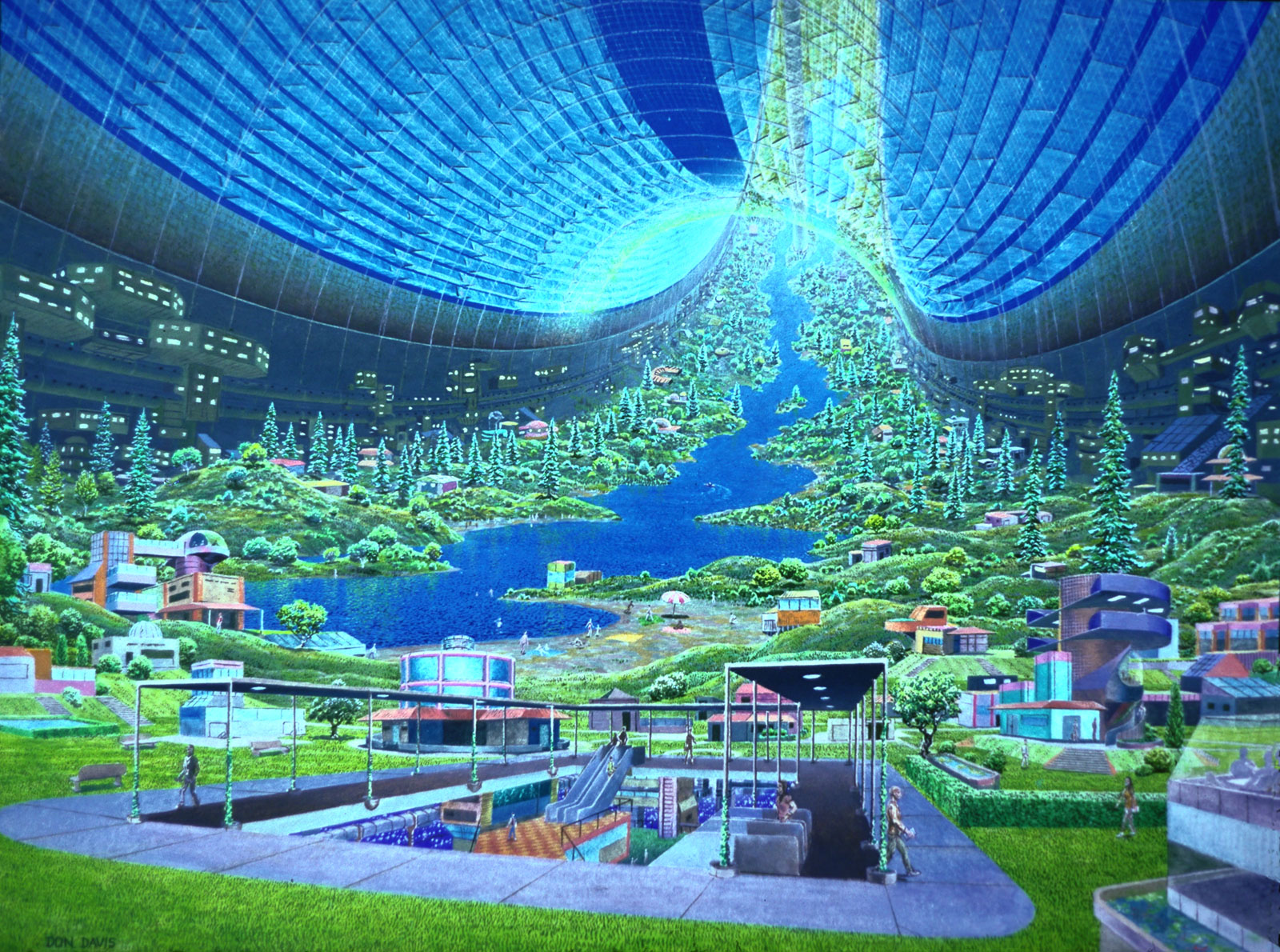In coming chapters, I will discuss more fully why
pluralistic democracy really is, for humans, a more rational, strategic social
design than totalitarianism. For now, let’s return to developing the
main argument.
We have to build a far more assertive code than
moral relativism offers. Furthermore, such a code should only be considered
acceptable in today’s science-driven world if it integrates and harmonizes our
world view—that is, our best models of reality—with the code itself. Until they
are one cognitive entity. Even under this constraint, many different cultures and morés are
possible, and many of those could be used to equip human society to flourish.
Harmonizing them all—peacefully—is what will be required of us if we are going
to keep our democracies and probably, if we are going to survive. The huge task of understanding, handling, and
maximizing our species’ infinite potential is terrifying. Falling back on traditional
ways is so much more comforting. But the depth of our fear is just a measure of
how free we really are. It’s up to us.
However, we can already see that some values don’t
work. In today’s world, values that teach citizens the virtues of xenophobic militarism -
or alternatively of moral inertia - are the least survival-oriented. Thus, I
must reaffirm: we have to find that third way. Not a return to one of the
traditional moral codes, but not moral relativism either. Reason is our one way
out of this dilemma.
A universal moral code would not end the diversity
of cultures on this planet; it would simply provide a means by which people
could settle disputes between their cultures without having to go to war.
Through art, sport, commerce, intermarriage, and other nonviolent means - or
international law, if all else fails - the integration of cultures
could take place. The theory is sound. The parties would cease to be
adversaries because they would be one culture. We could build one human culture
—beautiful, vigorous, evolving, and peaceful.

Artist’s
conception of a park area inside a space station (credit: Wikimedia Commons)
For now, however, we must return to our main line of
thought.
We have arrived at the step in our reasoning showing
that all of a society’s morés are implicit in its world view, and we have dealt
with the war digression. Now we can move on—by small steps and gradual
degrees—to examine what a single world view, along with its concomitant sets of
values and morés, would look like and whether such a view can be shown by logic
and evidence to be so clearly connected to the deep principles of physical
reality that it deserves to be adopted by the entire human race as a beginning
point for a new moral system.
Notes
1.
Layne Cameron, Nora Lewin, “Social Status Has Impact on Overall Health of
Mammals,” Michigan State University Today,
March 12, 2015. http://msutoday.msu.edu/news/2015/social-status-has-impact-on-overall-health-of-mammals/?utm_source=weekly-newsletter&utm_medium=email&utm_campaign=standard-promo&utm_content=image.
2. Dr. Stephen J. Cimbala, “War-Fighting
Deterrence: Forces and Doctrines in U.S. Policy,”
Air & Space Power Journal (May–June, 1983). http://www.airpower.maxwell.af.mil/airchronicles/aureview/1983/may-jun/cimbala.htm.
3. “Benito
Mussolini,” Wikiquote, the Free Quote
Compendium. Accessed April 21, 2015. http://en.wikiquote.org/wiki/Benito_Mussolini.
No comments:
Post a Comment
What are your thoughts now? Comment and I will reply. I promise.